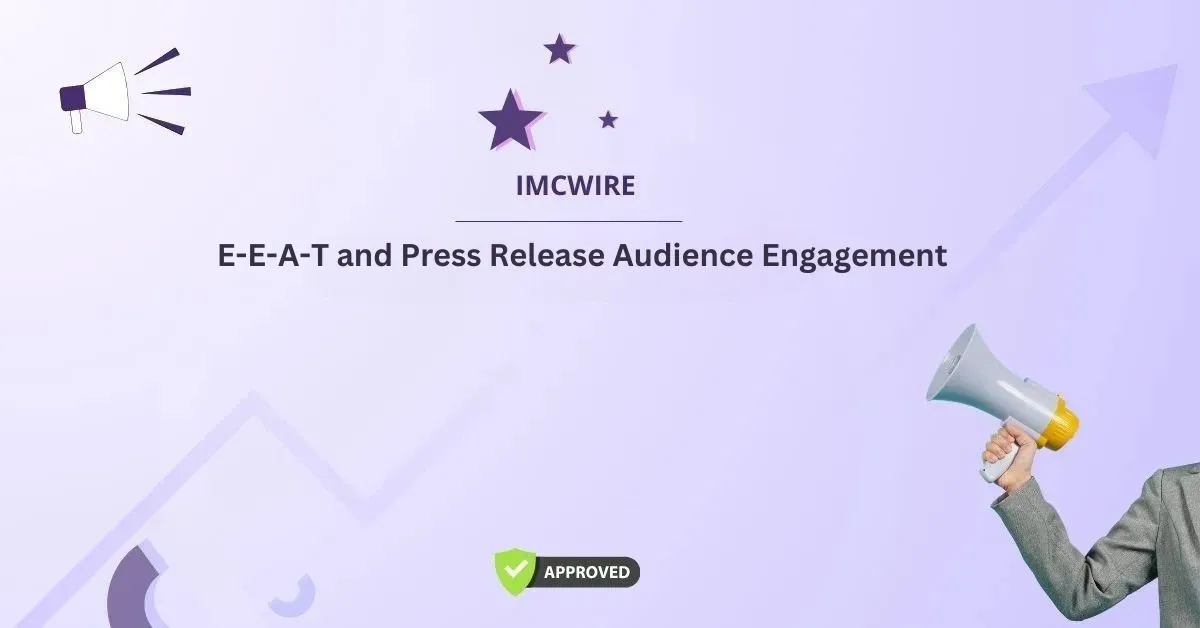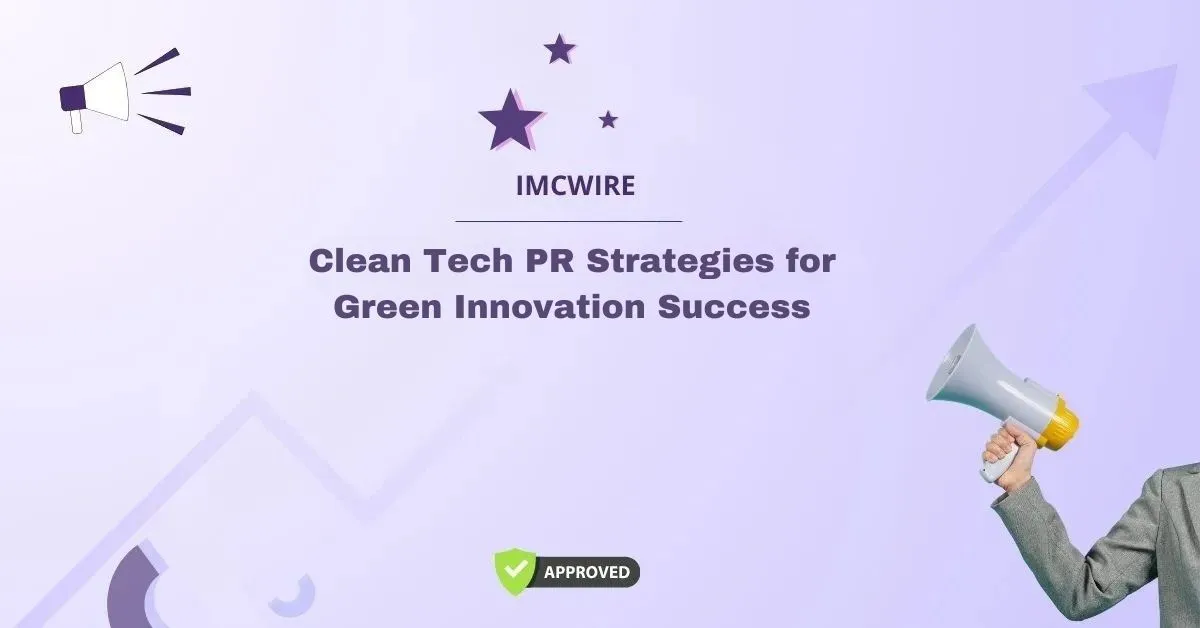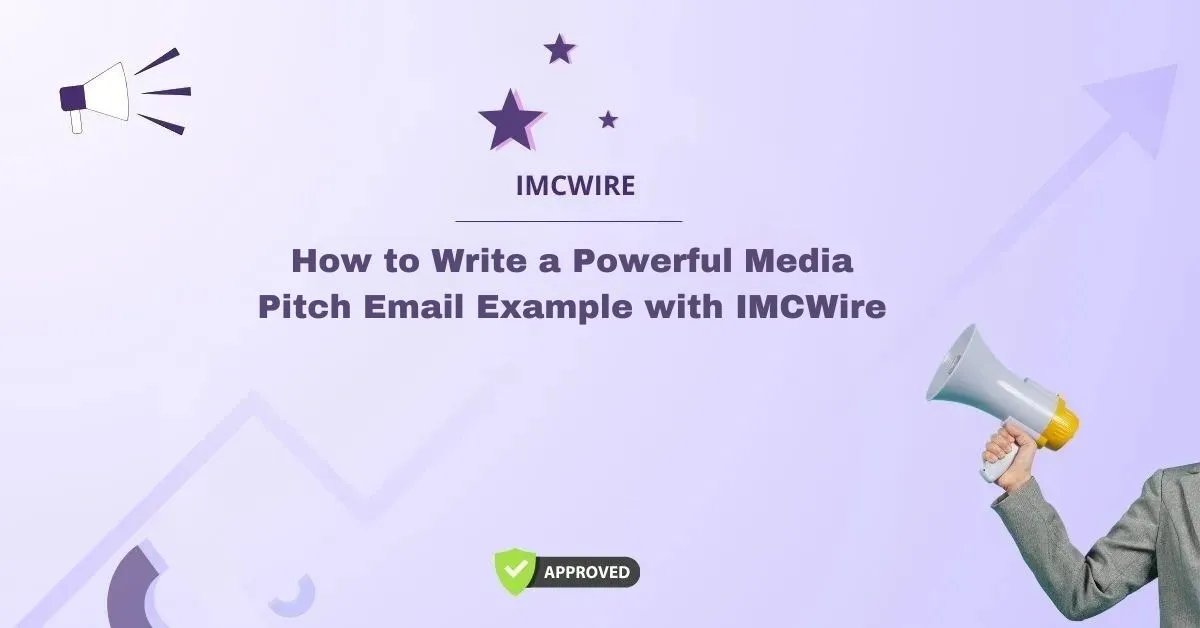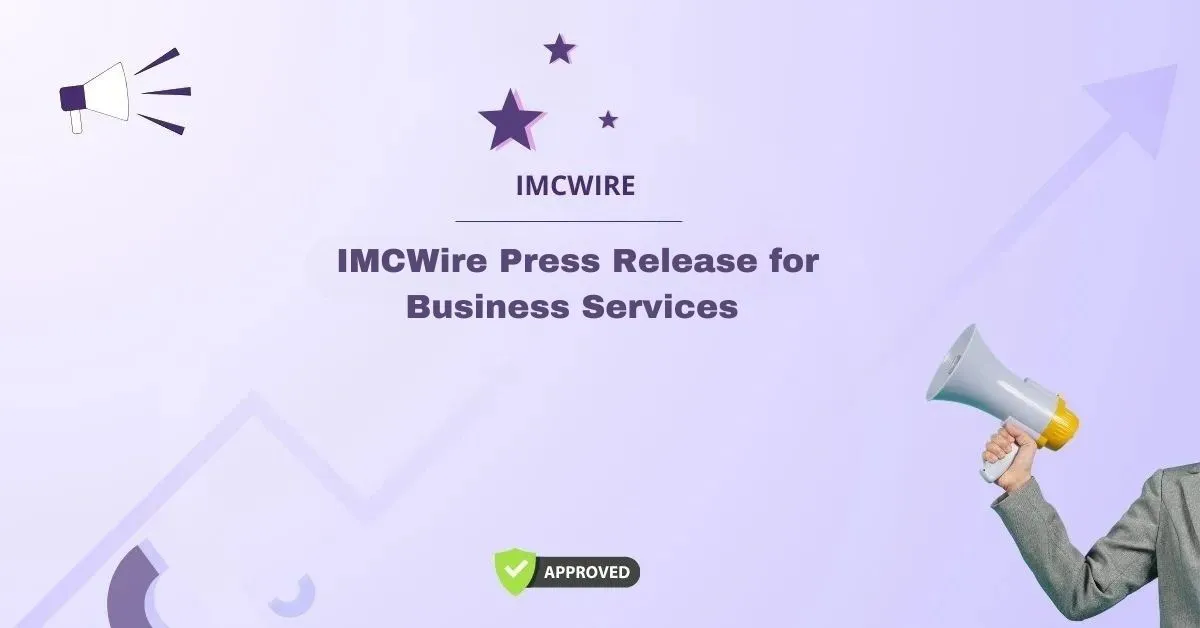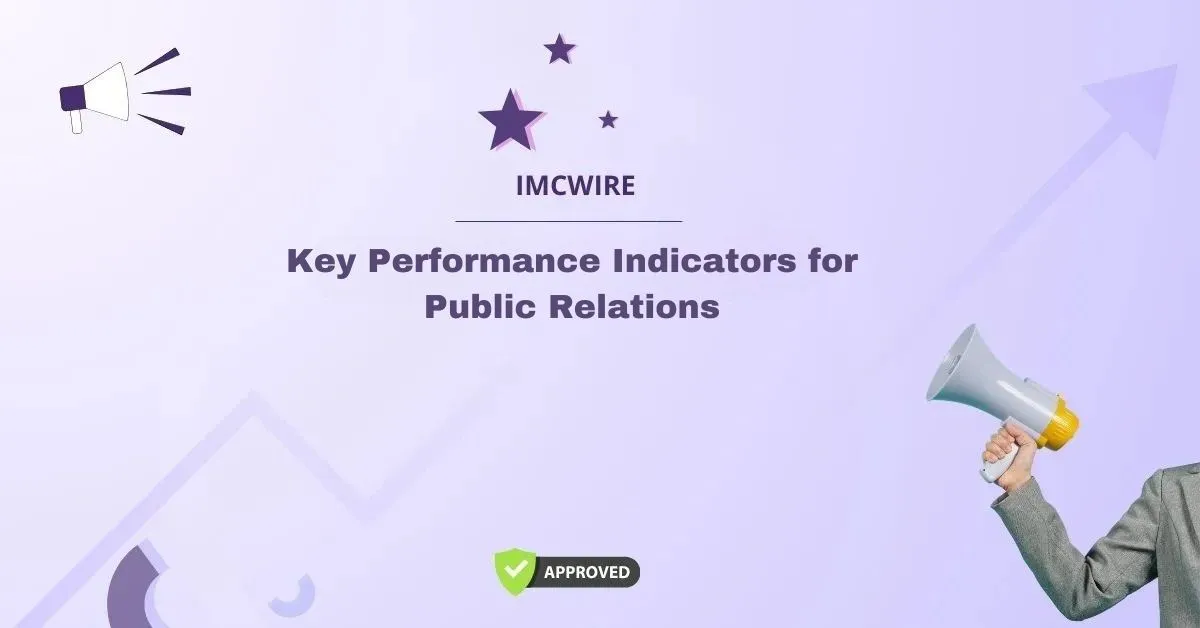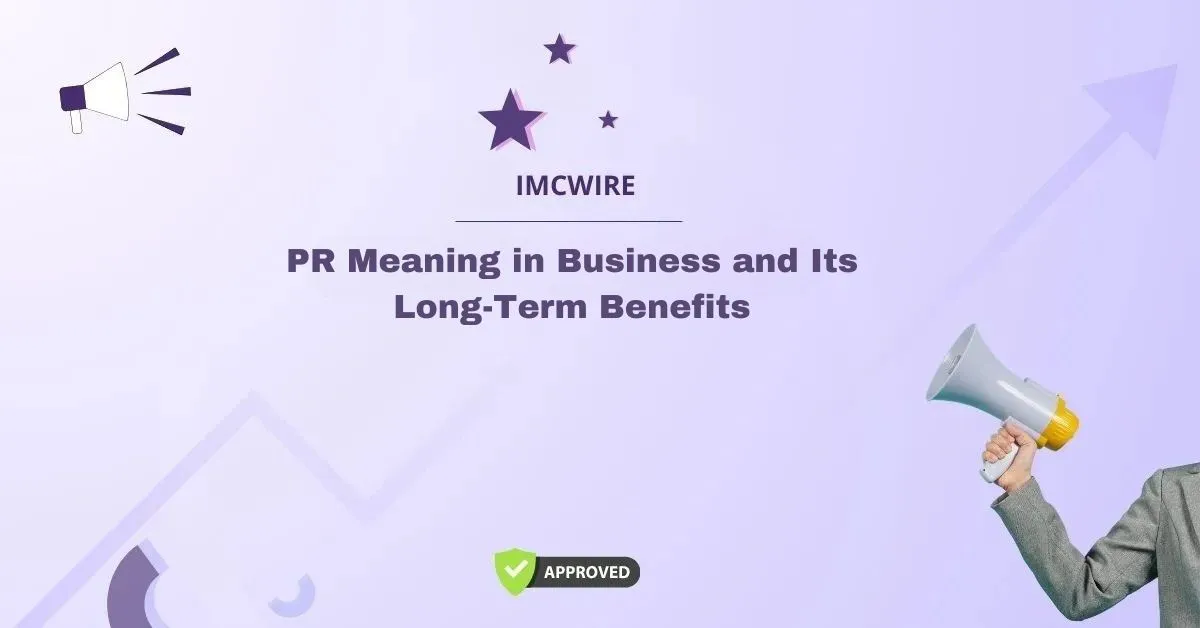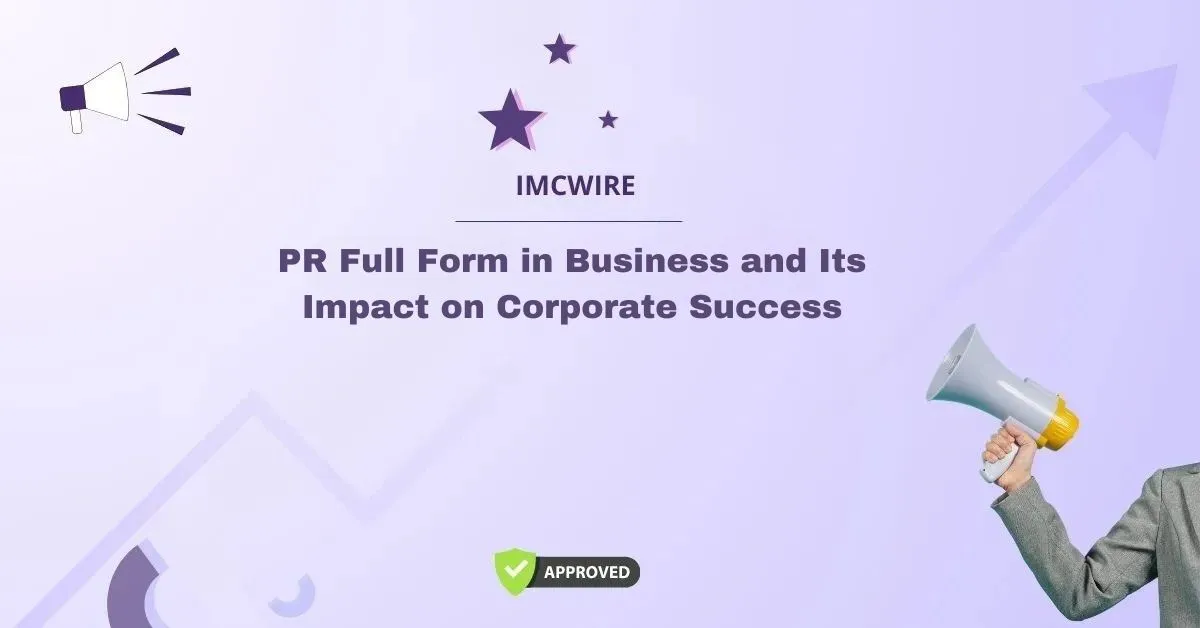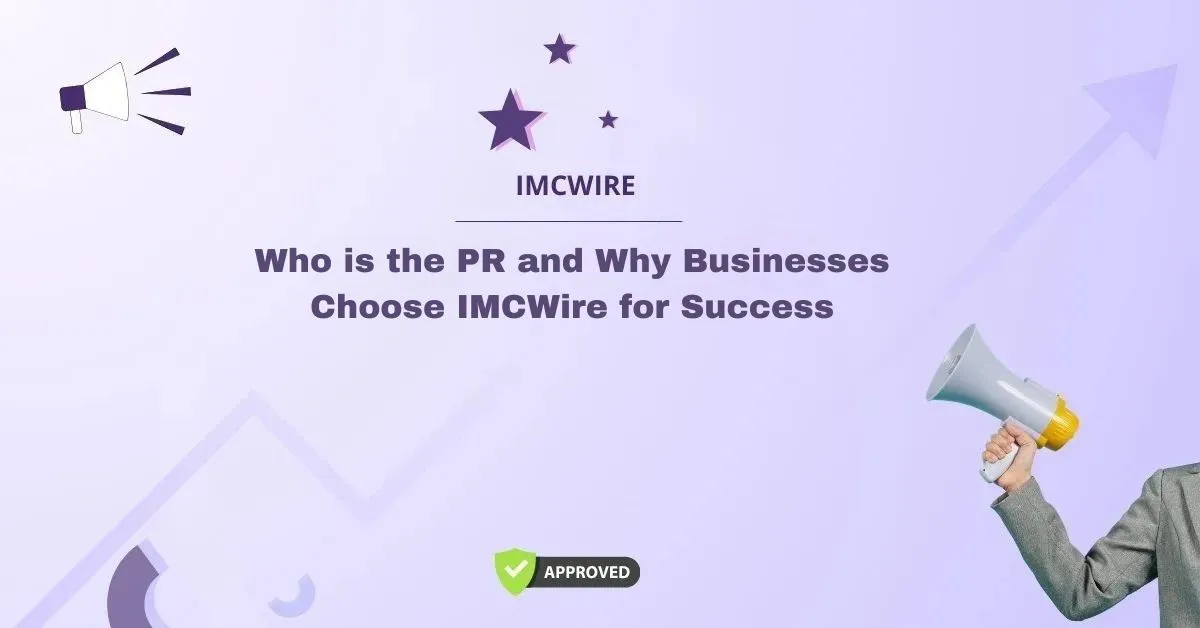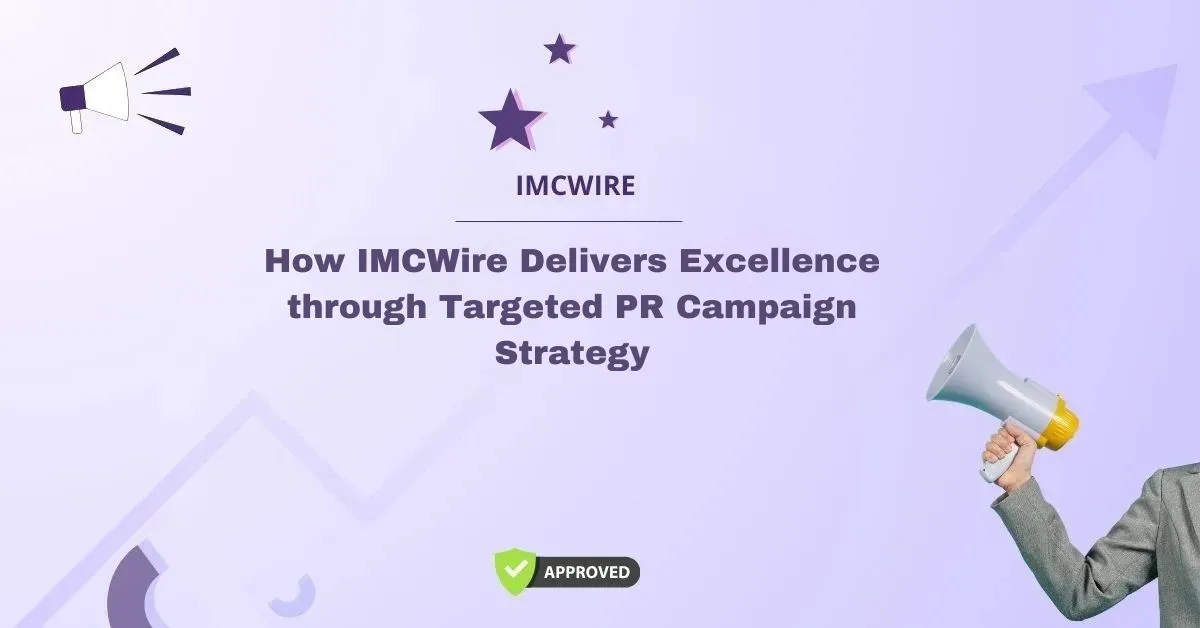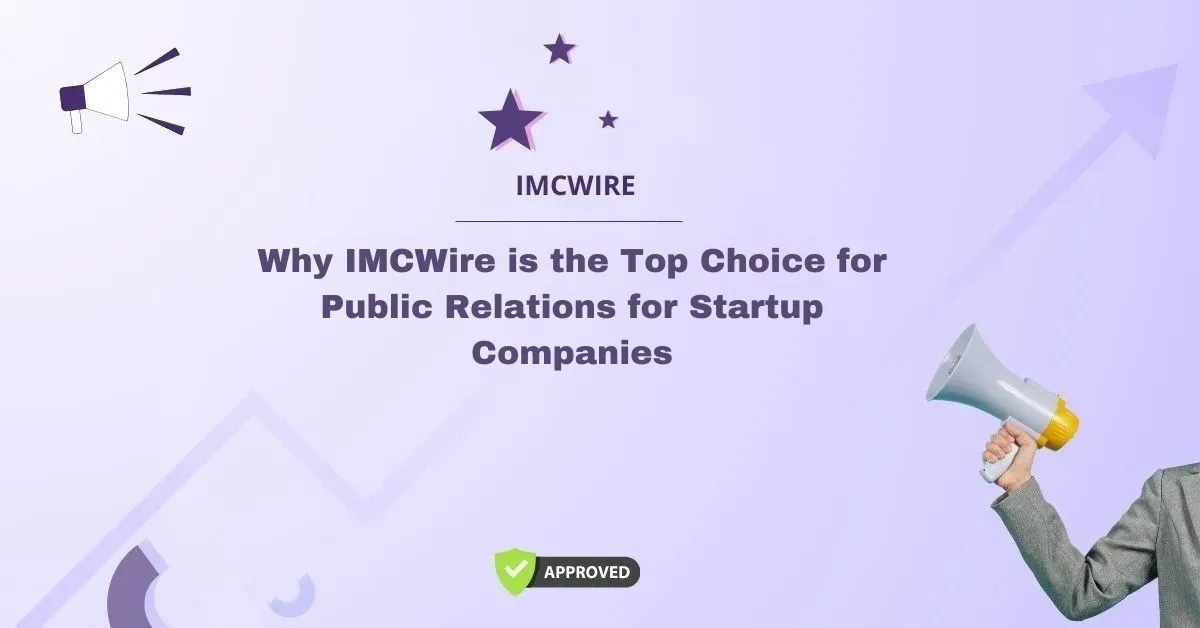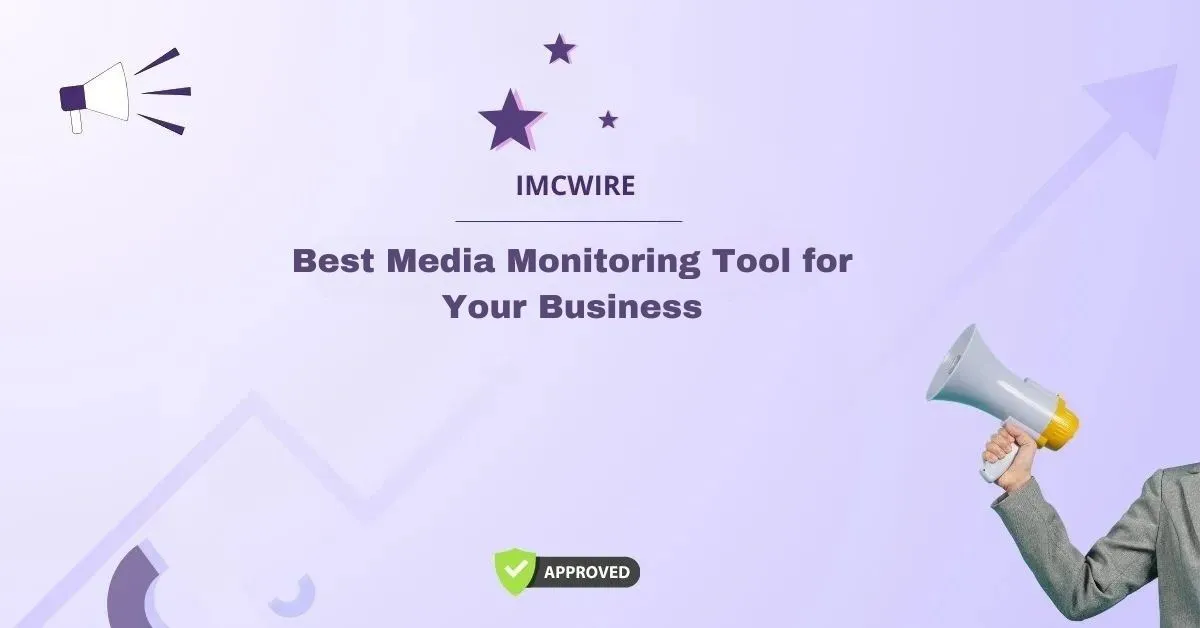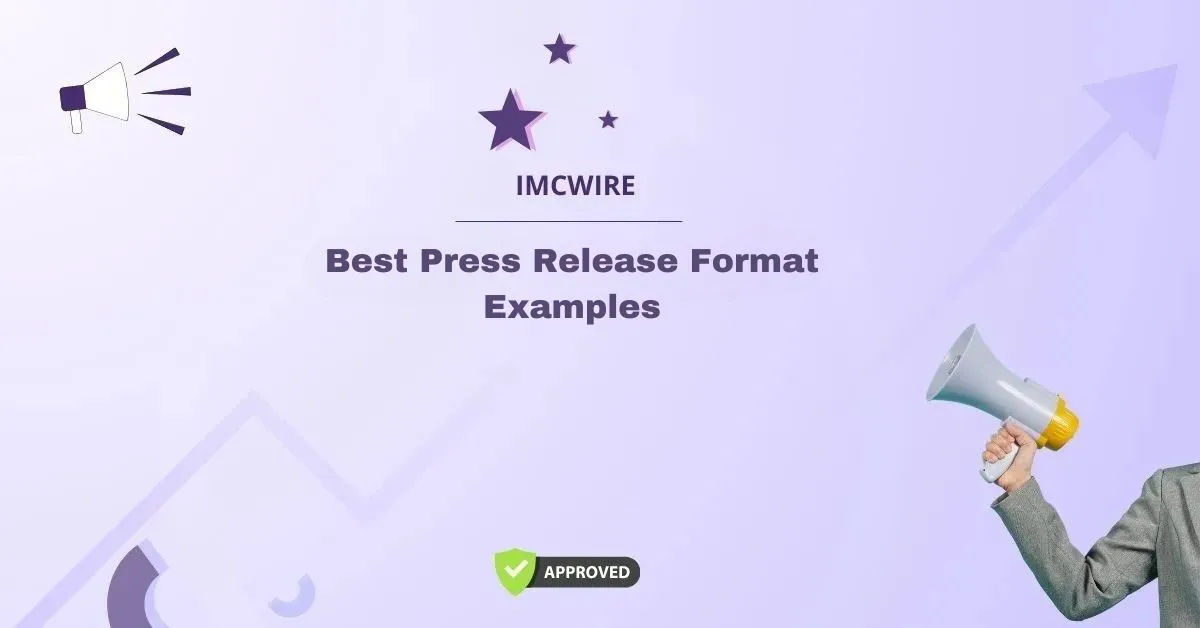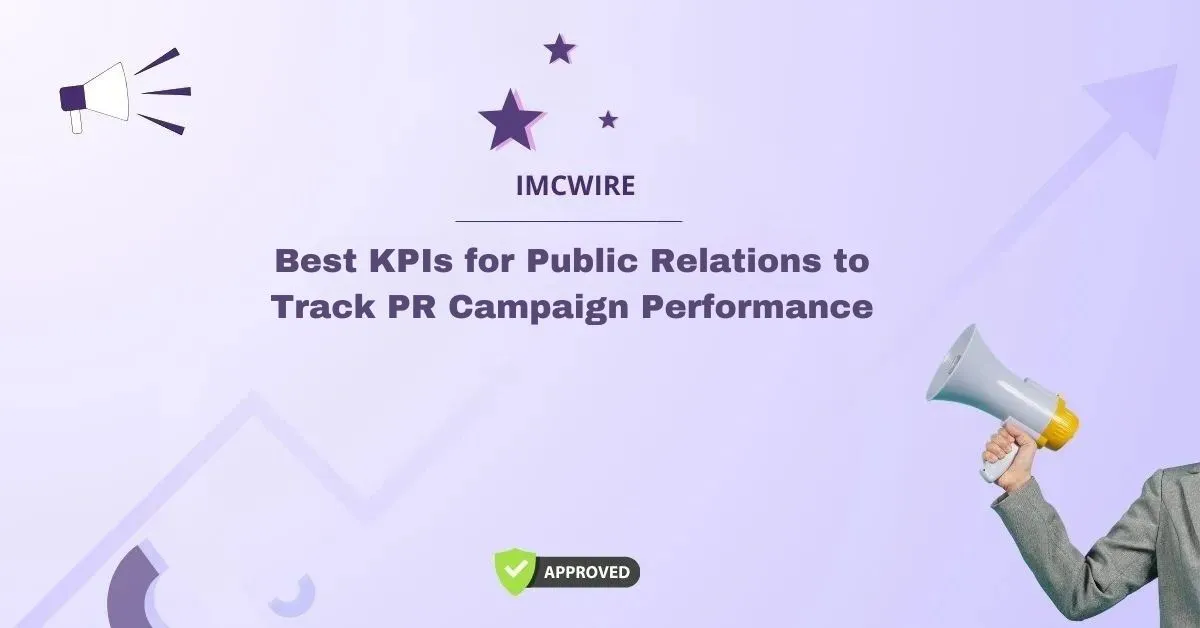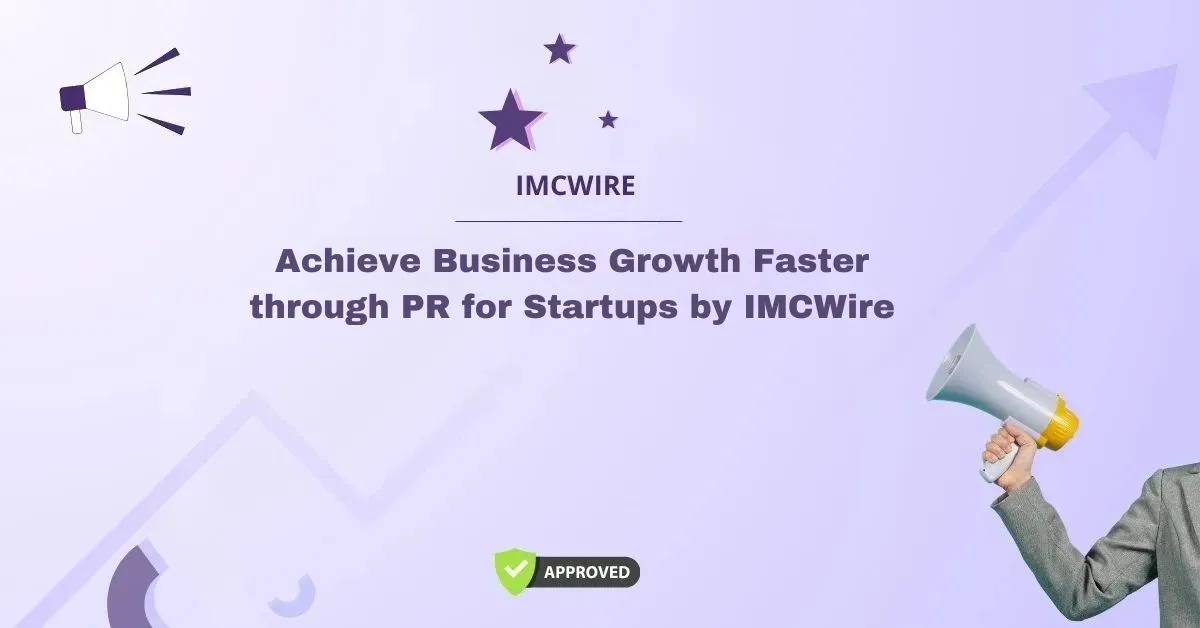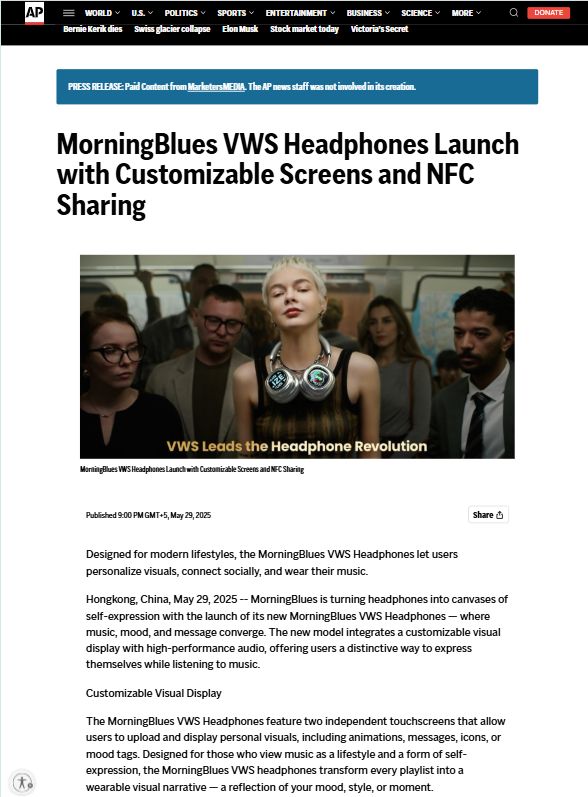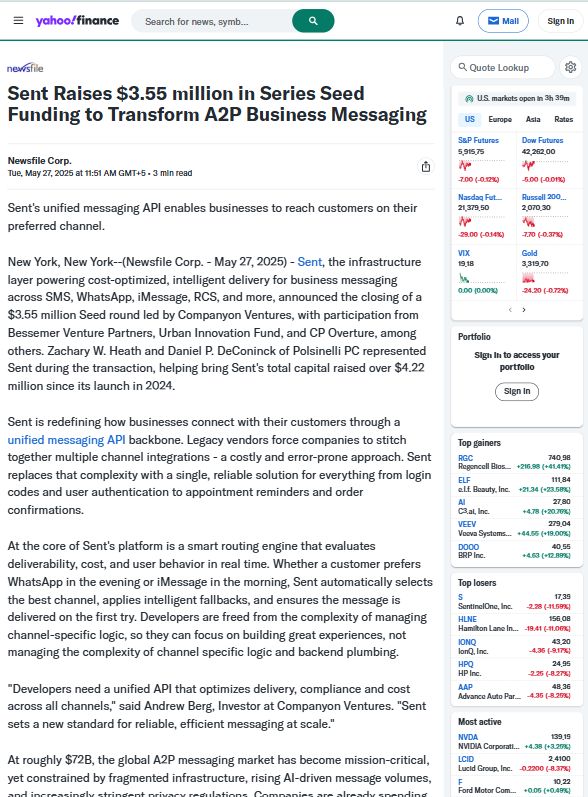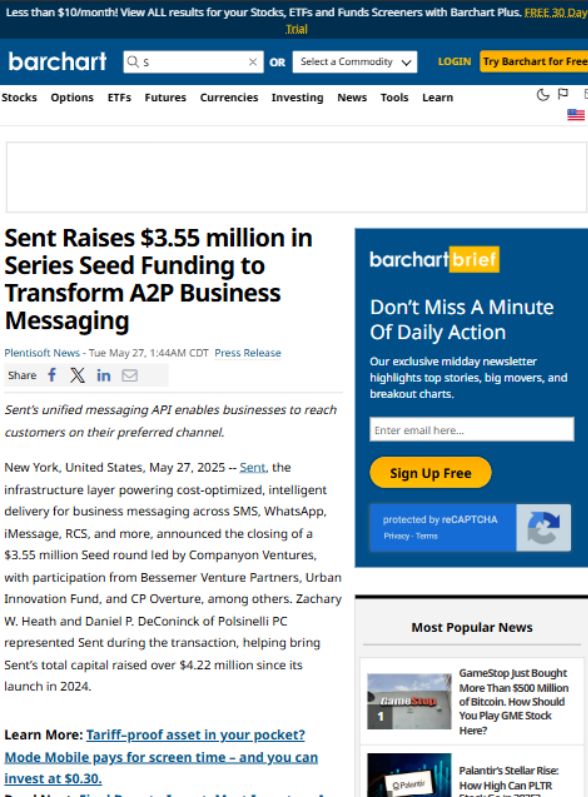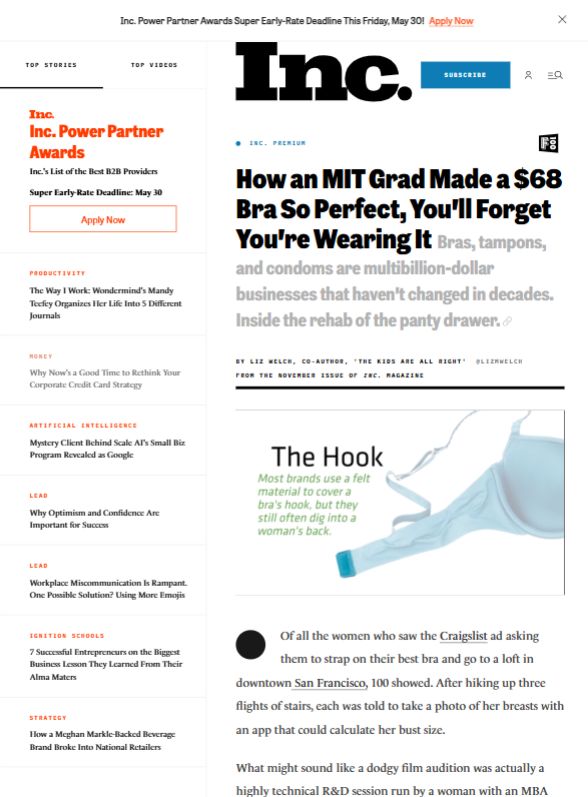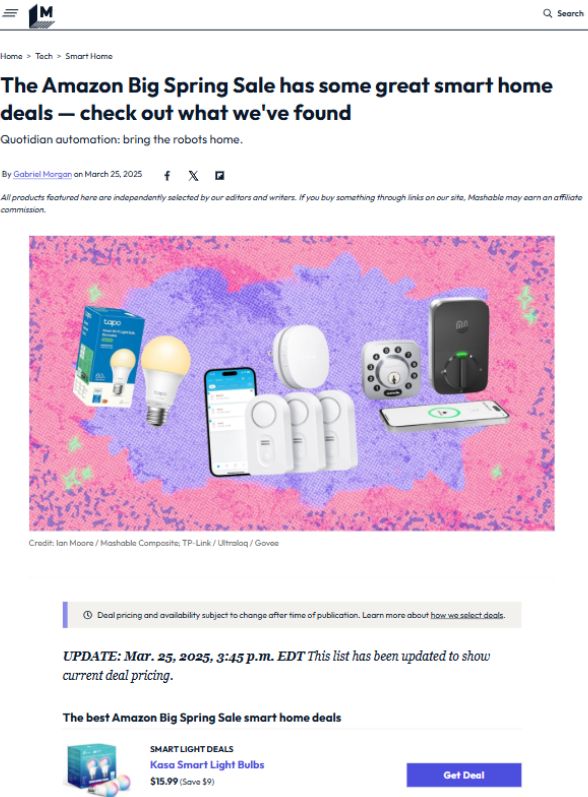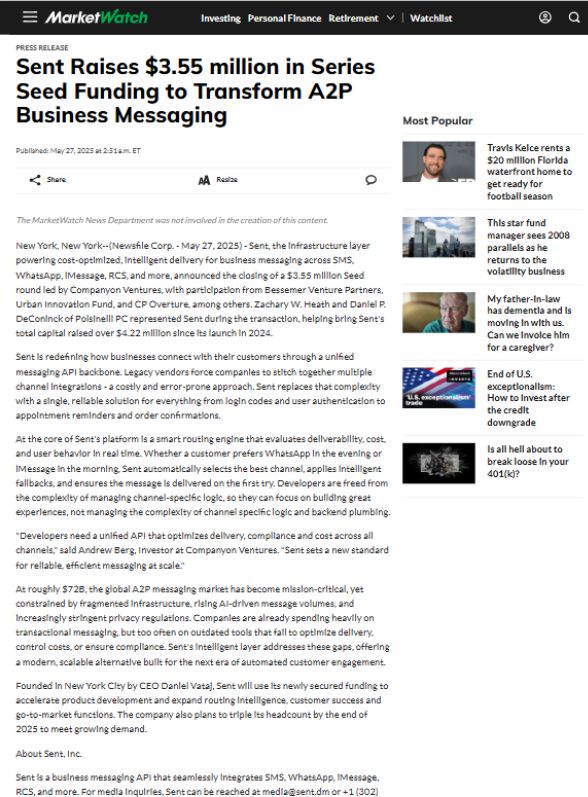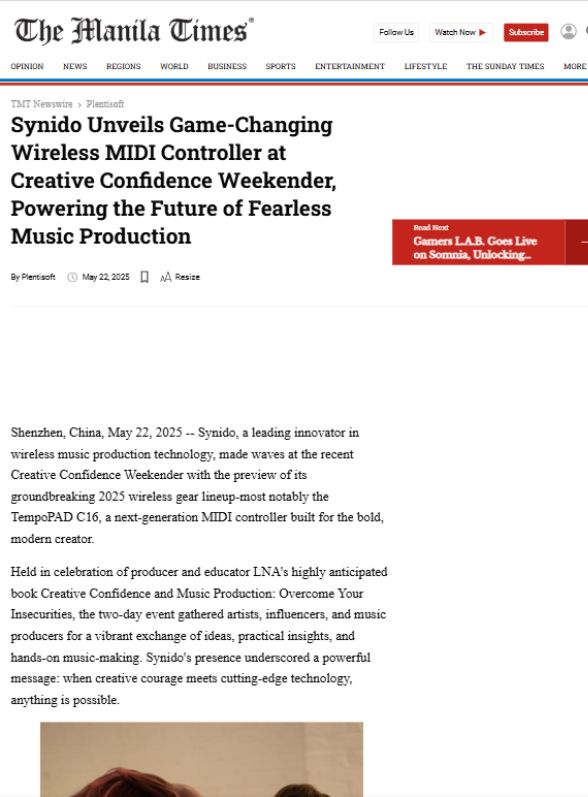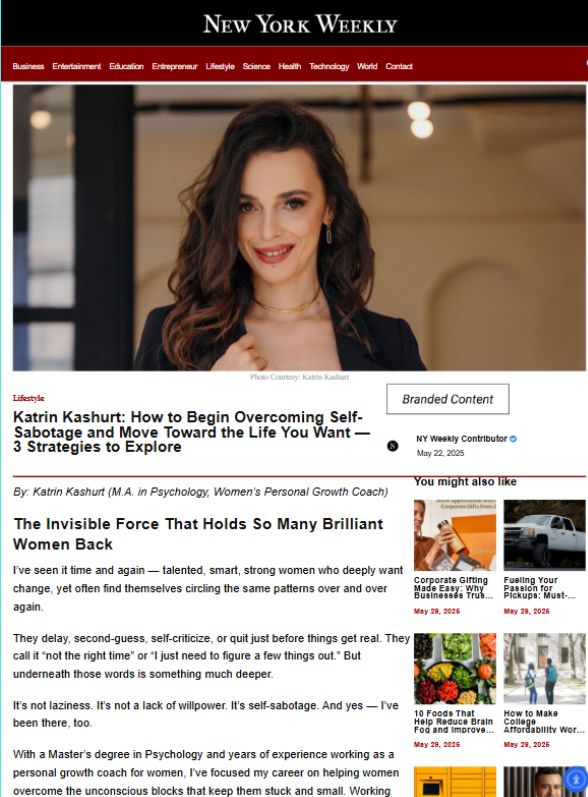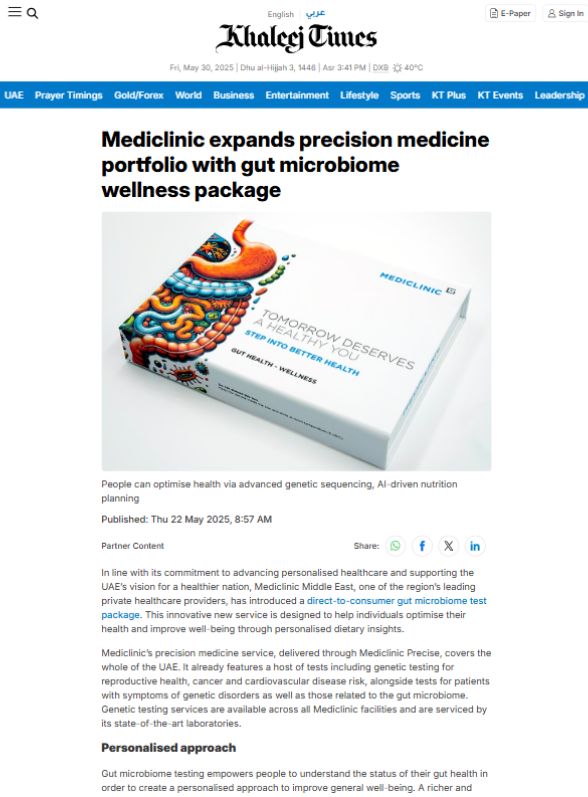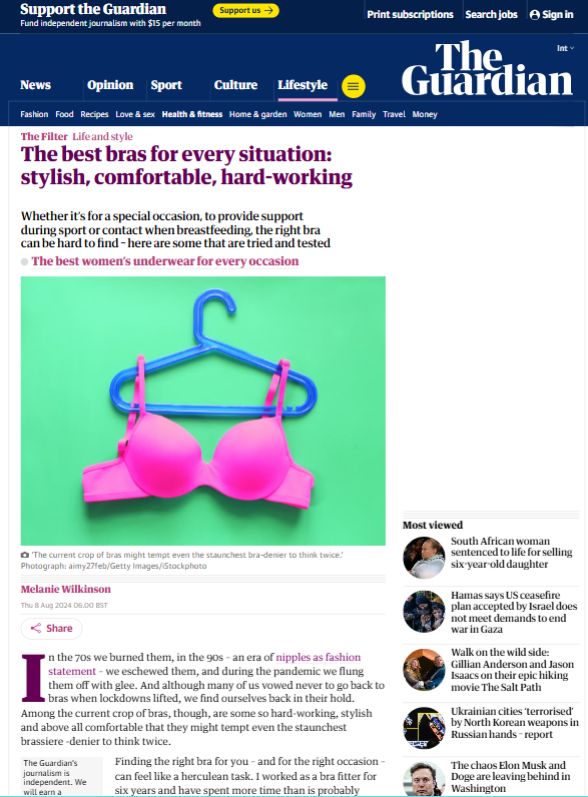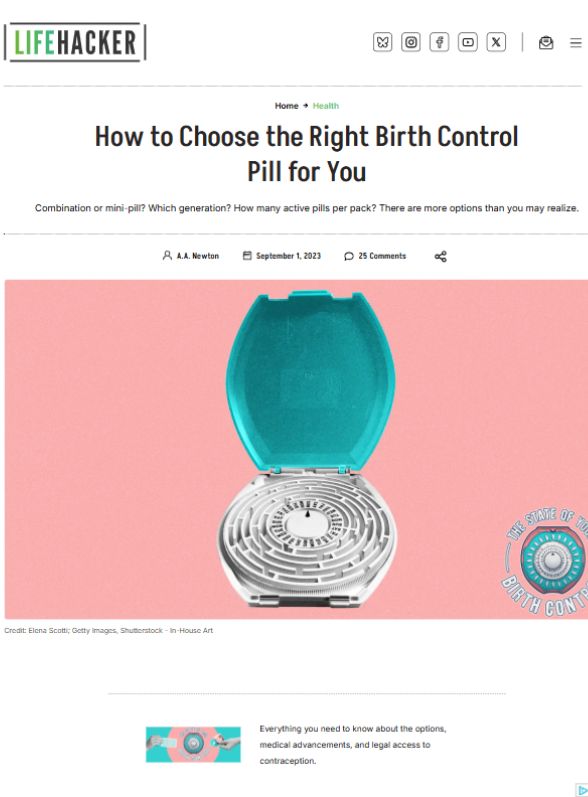In today’s digital media landscape, a well-crafted press release does more than announce news—it builds trust, credibility, and lasting relationships. This is where E-E-A-T and Press Release Audience Engagement become crucial pillars for brands, marketers, and PR professionals. Understanding and applying E-E-A-T (Experience, Expertise, Authoritativeness, and Trustworthiness) in tandem with strategies for press release engagement can amplify your message and ensure it reaches and resonates with the right audience.
This blog explores how integrating E-E-A-T principles with targeted audience engagement can elevate your press release strategy and bring tangible results for your brand.
Table of Contents
What Is E-E-A-T?
E-E-A-T is a set of guidelines established by Google’s Search Quality Evaluator Guidelines to assess content quality. The acronym stands for:
- Experience: The personal involvement and practical knowledge the content creator brings to the topic.
- Expertise: The depth of knowledge and qualifications in the subject matter.
- Authoritativeness: The reputation of the creator or organization as a credible source.
- Trustworthiness: The overall integrity and transparency of the content.
While E-E-A-T was originally developed for search engine algorithms to rank content, its principles are highly applicable in the world of public relations and media communication.
Why E-E-A-T Matters in Press Releases
Press releases are a direct reflection of your brand’s voice, values, and credibility. When reporters, editors, or potential customers read a press release, they are not just looking for information—they are evaluating the source. Here’s how E-E-A-T contributes:
- Experience: First-hand experience in your industry or topic lends authenticity. For instance, a startup founder writing about their journey in a press release shows deep experience.
- Expertise: Demonstrating subject knowledge, such as citing industry statistics or research, showcases authority.
- Authoritativeness: Being recognized by credible media outlets or having a robust brand reputation enhances authority.
- Trustworthiness: Using accurate data, quoting real individuals, and offering transparent messaging build trust.
Incorporating these elements increases the likelihood of your release being picked up by journalists, featured in respected outlets, and ultimately trusted by readers.
The Relationship Between E-E-A-T and Press Release Audience Engagement
Audience engagement in the context of press releases involves capturing the interest and action of your target readers—be it media professionals, industry peers, or consumers. When your content is aligned with E-E-A-T principles, it naturally becomes more engaging, trustworthy, and shareable.
Let’s examine how the synergy works:
- Authentic Voice Drives Connection
Using real experiences and voices in press releases fosters connection. For example, quoting a customer success story or an employee perspective adds an experiential layer (E) that draws readers in. - Expert-Driven Content Commands Attention
Including insights from certified professionals or in-house experts validates your message. This demonstrates both Expertise (E) and Authoritativeness (A), making it more appealing to journalists seeking credible sources. - Clear Attribution and Sources Reinforce Trust
Citing trustworthy sources, naming executives, and avoiding clickbait titles all work together to enhance Trustworthiness (T). This not only engages but reassures your audience. - Contextual Relevance Strengthens Engagement
Tailoring your message to current industry issues or trends shows your brand is experienced and actively involved. This relevance keeps your audience reading and encourages sharing.
Key Strategies to Enhance E-E-A-T in Press Releases
Applying E-E-A-T effectively requires intentional strategy. Here are actionable ways to embed these principles into your PR communications:
1. Leverage Expert Quotes and Real-World Examples
Support your narrative with direct quotes from professionals, founders, or industry leaders. Real-world examples ground your release in authenticity and experience.
2. Showcase Third-Party Validation
Awards, certifications, customer testimonials, and case studies serve as social proof and establish authority. Incorporate them wherever appropriate.
3. Ensure Journalistic Integrity
Avoid exaggerated claims, provide verifiable facts, and maintain a balanced tone. Credibility wins media trust and ensures long-term relationships.
4. Optimize Author Bios and Brand Profiles
Include bios that highlight the qualifications and experience of quoted individuals. A clear brand background also boosts your organizational trustworthiness.
5. Maintain Transparency and Accuracy
Avoid overhyping the news. Use clear language, verify all data, and disclose affiliations or sponsorships when relevant.
Techniques to Maximize Press Release Audience Engagement
While E-E-A-T builds the foundation of credibility, audience engagement ensures the message lands effectively. Consider the following engagement techniques:
1. Know Your Audience
Segment your audience and craft messages tailored to each group. A tech outlet will appreciate different messaging than a lifestyle blog. This personalization increases relevance and engagement.
2. Write a Compelling Headline
Your headline is the hook. It should be informative, accurate, and enticing enough to prompt further reading. Avoid gimmicks; instead, focus on delivering value.
3. Start Strong with a Clear Lead
The first paragraph should summarize the who, what, when, where, and why. Journalists skim dozens of releases a day—make your core message instantly clear.
4. Use Multimedia
Embed images, infographics, or short videos when possible. These assets increase visual interest and sharing potential on digital platforms.
5. Include a Clear Call-to-Action (CTA)
Whether it’s visiting a website, contacting a media rep, or attending an event, every press release should guide the reader toward a next step.
How to Balance SEO with E-E-A-T and Engagement
Incorporating search engine optimization (SEO) does not mean sacrificing E-E-A-T or engagement. Instead, the three should work in harmony.
- Use Keywords Naturally: Place focus keywords in the headline, subheads, and early in the release without keyword stuffing.
- Answer Search Intent: Understand what your audience is looking for and deliver it directly in your content.
- Link to Credible Sources: Internal and external links to reputable websites increase both SEO value and perceived authority.
- Use Structured Formats: Bullet points, numbered lists, and concise paragraphs enhance readability and keep readers engaged.
Real-World Example: Applying E-E-A-T and Engagement in Practice
Imagine a healthcare startup launching a new telemedicine platform. A press release announcing the product should:
- Include a quote from the Chief Medical Officer (Expertise)
- Reference successful pilot program data (Experience and Trust)
- Mention recent industry awards or partnerships (Authoritativeness)
- Provide a link to customer reviews or case studies (Trustworthiness)
- Tailor the message to healthcare industry editors (Engagement)
- Offer visuals of the product dashboard and user testimonials (Engagement + Trust)
This type of release doesn’t just inform—it persuades, connects, and converts.
Measuring the Success of E-E-A-T-Driven Press Releases
Tracking engagement is crucial to improving future releases. Consider the following metrics:
- Media Pickups: Which outlets covered your release?
- Backlinks and Mentions: Did your press release generate high-quality links?
- Engagement Rate: Time on page, click-through rates, and social shares.
- Brand Sentiment: Are mentions associated with positive commentary?
- Lead Conversions: Did the press release generate website traffic or business inquiries?
The Future of Press Releases in a Trust-Centric Digital World
As information becomes more accessible, skepticism also increases. Audiences crave authenticity and transparency. Journalists are overwhelmed with pitches and require trust signals to determine what is newsworthy. In this environment, E-E-A-T and Press Release Audience Engagement are not optional—they’re essential.
Organizations that embrace E-E-A-T principles while actively nurturing audience engagement will consistently earn attention, authority, and trust. This approach transforms press releases from routine announcements into powerful tools for influence and growth.
Final Thoughts
Mastering E-E-A-T and Press Release Audience Engagement isn’t a one-time tactic—it’s a long-term strategy for building meaningful media relationships and credible brand narratives. By embedding experience, expertise, authoritativeness, and trustworthiness into every release and ensuring it connects with your intended audience, you increase your chances of press success, digital visibility, and audience loyalty.
Whether you’re a PR agency, corporate communications team, or startup founder, integrating these principles will position your brand as a reliable voice in the market. In an age where trust is currency, E-E-A-T and strategic engagement are your most valuable assets.

